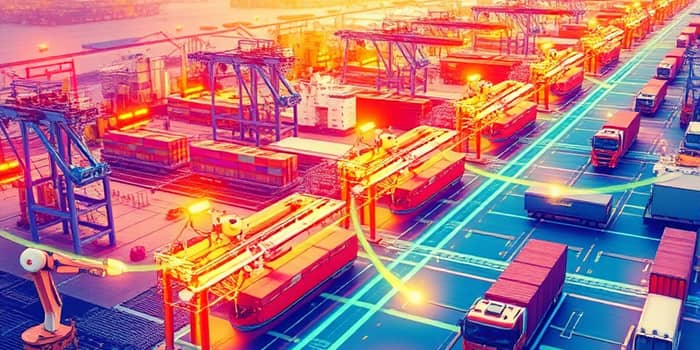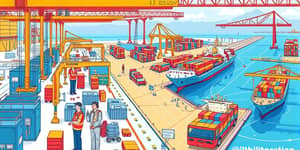
In today’s complex industrial landscape, disruptions from global events have underscored the critical need for standardized, resilient supply networks. Supply chain normalization is emerging as a strategic imperative that enables manufacturers to regain stability, control costs, and innovate rapidly.
Supply chain normalization in the industrial context refers to the process of standardizing, streamlining, and aligning supply chain processes across systems, suppliers, and geographies. By creating uniform data schemas and consistent operational workflows, organizations can reduce the variability that often leads to delays and cost overruns.
Against a macroeconomic backdrop of persistent inflation and post-pandemic recovery, companies are turning to normalization as part of a broader cost-control strategy. Wellington research indicates that efforts to stabilize supplier relationships and harmonize procedures are key levers in managing raw material price volatility and freight cost increases.
When data is normalized, companies can reduce errors, delays, and disruptions that stem from inconsistent records. Harmonized information feeds directly into procurement, production planning, and logistics modules, enabling faster responses to supply fluctuations.
ExactBuyer reports that harmonized B2B data sets lead to automated processes and faster response times, cutting manual intervention by up to 60%. The result is a leaner operation that can adapt quickly to sudden shifts in customer demand or material availability.
Normalized data schemas serve as the foundation for integrating advanced technologies like digital twins and artificial intelligence. By ensuring consistent identifiers and metadata, engineers can create virtual replicas of supply networks that simulate inventory flow and forecast potential bottlenecks.
Pure Storage research shows that enforcing complex integrity constraints via AI can reduce operating costs by 30-40% in distributed database environments. These savings translate directly into lower bandwidth expenses and faster analytical workloads.
During the COVID-19 demand surge, TaylorMade leveraged integrated normalization tools to maintain accurate inventory visibility, mitigating stockouts and backorders when sporting goods soared in popularity.
Industrial leaders are adopting multi-faceted strategies to build normalized, resilient supply chains. These practices blend procurement diversification with vertical and horizontal integration, enhancing control over critical inputs.
First Aviation Services Inc. exemplifies horizontal integration, acquiring logistics firms to streamline inbound freight and align quality controls across tiers. These moves ensure that lengthy lead times are shortened and quality standards are uniformly enforced.
Consider how TaylorMade’s normalization initiative enabled near-instantaneous inventory reconciliation during an unprecedented spike in golf club demand. By standardizing item attributes and transaction logs, the company slashed order fulfillment times by 35%.
Another example comes from a heavy equipment manufacturer that merged its procurement and production databases post-acquisition. The consolidated system eliminated redundant supplier records and enabled unified forecasting models, driving a 20% reduction in safety stock.
With inflationary pressures expected to persist, supply chain normalization remains a cornerstone of cost management. By harmonizing processes now, organizations can shield operations from future price shocks and maintain predictable budgeting cycles.
Emerging technologies will further magnify the impact of normalized data. From AI-enhanced contract negotiations to metaverse-enabled supplier summits, companies that invest in robust data foundations will gain a decisive edge.
Challenges remain, including the complexity of reconciling legacy systems and the need for skilled data governance teams. However, the long-term payoff—both in monetary savings and organizational agility—makes the journey indispensable.
Supply chain normalization is more than a technical exercise—it’s a strategic enabler that underpins industrial competitiveness. By standardizing data, processes, and partnerships, organizations can achieve measurable cost savings and efficiency gains, adapt swiftly to market changes, and deliver superior value to customers.
As the global economy navigates inflation and evolving risks, a commitment to normalization will ensure that industrialists remain resilient, innovative, and ready for the challenges ahead.
References













